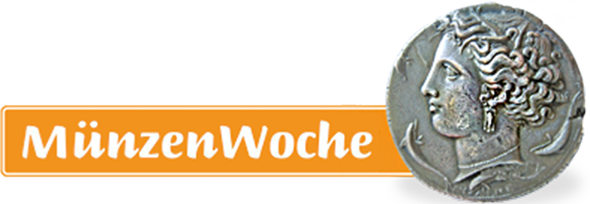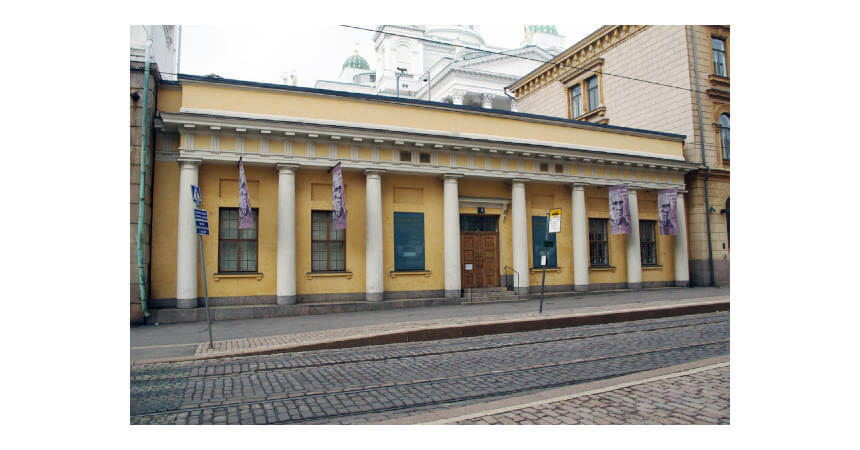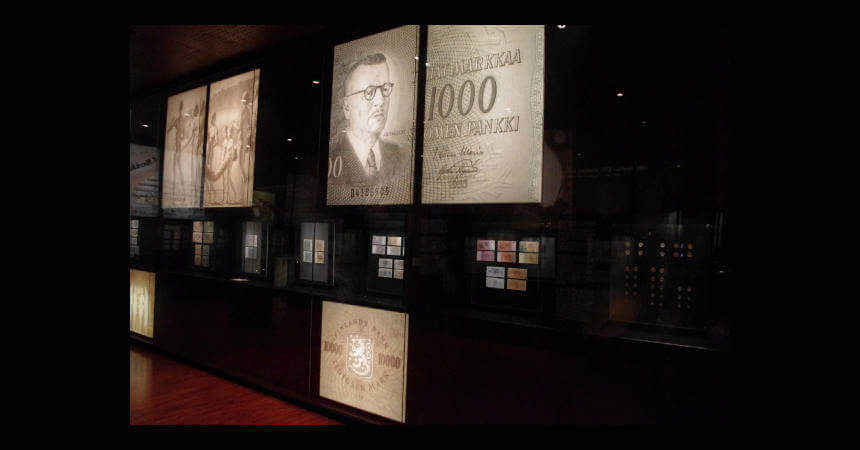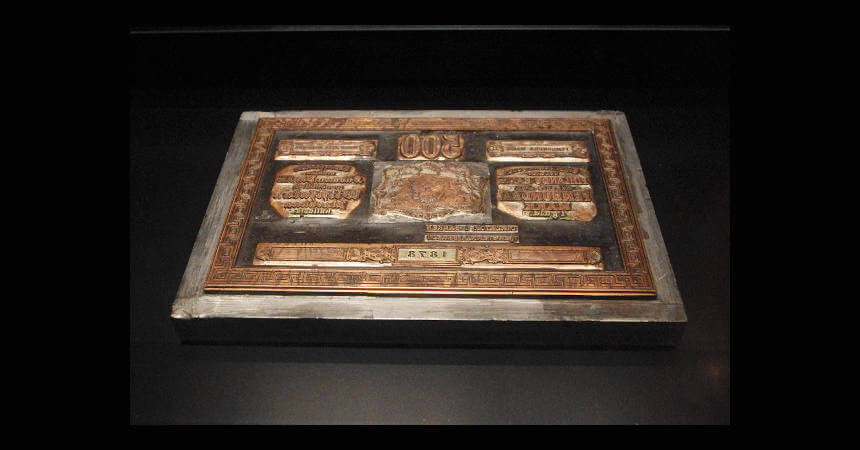Bank of Finland Museum
Wenn es kein Logo gibt, wird diese Spalte einfach leer gelassen. Das Bild oben bitte löschen.
(Dieser Text wird nicht dargestellt.)
Snellmaninkatu 2
00170 Helsinki
Tel: +358 10 831 2981
As the Museum of the country’s central bank, the Bank of Finland Museum is a place where the main focus is on the operation of the Bank of Finland, the European System of Central Banks, and monetary policy. Visitors learn about the history of money in Finland and abroad, and can also try their hand as a central banker by either playing the monetary policy game or seeing how the prices of everyday goods have changed from the 1860s to the present. It is the only museum in Finland specializing in the history and modern times of monetary policy.
The Museum is located in a building previously used to accommodate a post office. Its location in the center of Helsinki is ideal—one block away from the head office of the Bank of Finland. It is easy to find as it around the corner from the Helsinki Cathedral and Senate Square, two popular tourist venues.
Multiple Galleries
The exhibition has been divided into three sections:
- Monetary Policy
The heart of the Museum is the open area in the center of the exhibition, where central bank operations and monetary policy are illustrated with display windows and multimedia shows. This part of the Museum lives to the heartbeat of the central bank and demonstrates abstract concepts in a clear and understandable way, making it a particularly helpful section for students of economics and finance. Among the concepts illustrated are: monetary theory, payment systems, stability of the banking system, monetary supply, exchange rate policy as well as operations of the Bank of Finland and of the European Central Bank.
- History of the Bank of Finland and of the Finnish Money Market
The history section presents the development of money and monetary policy in Finland and elsewhere, starting from the first coins issued in Lydia in approximately 650 BC. History comes alive through authentic objects, unique documents, and interesting photographs on display. The history of the Bank of Finland is particularly interesting, as it is the world’s fourth oldest central bank, established on March 1, 1812 by Czar Alexander I of Russia.
- Banknotes and Banknote Art
The banknote section provides a comprehensive overview of the payment instruments used in Finland throughout history. The display begins from the first markka coins minted in 1860 and ends with the introduction of the euro. The artists behind many banknote designs are also featured prominently. The exhibition presents the most influential artists and sheds light on their banknote art in relation to their other work. The displays also include enlarged photographs of money, enabling visitors to see how the graphic art involved in banknote design has evolved from the 1860s to the present day.
Seasonal Exhibitions
The Museum also includes a gallery set aside for seasonal exhibitions that change approximately once a year. These are constructed around themes of historical and cultural interest dealing with money, banking, and economic phenomena, such as “The Last Finnish Markkaa.” The inauguration of a new seasonal exhibition is announced on both the Bank of Finland’s and the Museum’s websites.
This text was written by Howard M. Berlin and first published in his book Numismatourist in 2014.
You can order his numismatic guidebook at Amazon.
Howard M. Berlin has his own website.









